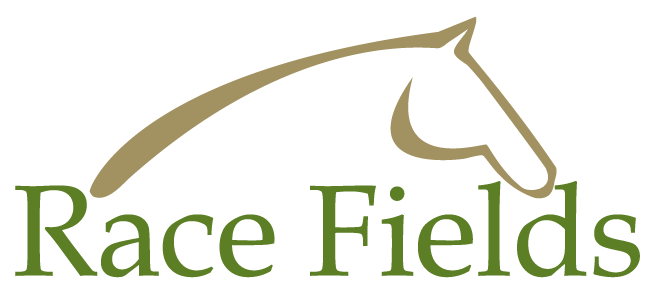A Syndicate, Sharing With Friends Or Outright Ownership?
I’ve Bought My Champion – What Next?
Knowledge Is Power
Whether you are a new horse owner or a veteran, arming yourself with facts and a smart business plan will set you up for success. To help you achieve your goals and dreams, the following sales information and tips are provided by Inglis as a customer service to buyers and other horsemen who participate in the auction scene each year. This is not intended to be a complete guide to buying at sales and is offered only as an assistance to either help you get started or further your involvement. For 140 years, Inglis has assisted people in the bloodstock industry and this brochure is a continuance of their support.
Joining A Syndicate, Sharing With Friends Or Outright Ownership?
This decision is one you have to make yourself and may be dependent on a whole range of factors, not the least being how much you want to invest.
Obviously outright ownership is fine if you are in a position to do so. Owning that way means you don’t have to share the Derby or Cup or Slipper trophies!
Racing Victoria will allow up to 10 people to race a horse and have all owners’ names in the racebook. This can be a good way for friends to share ownership and costs.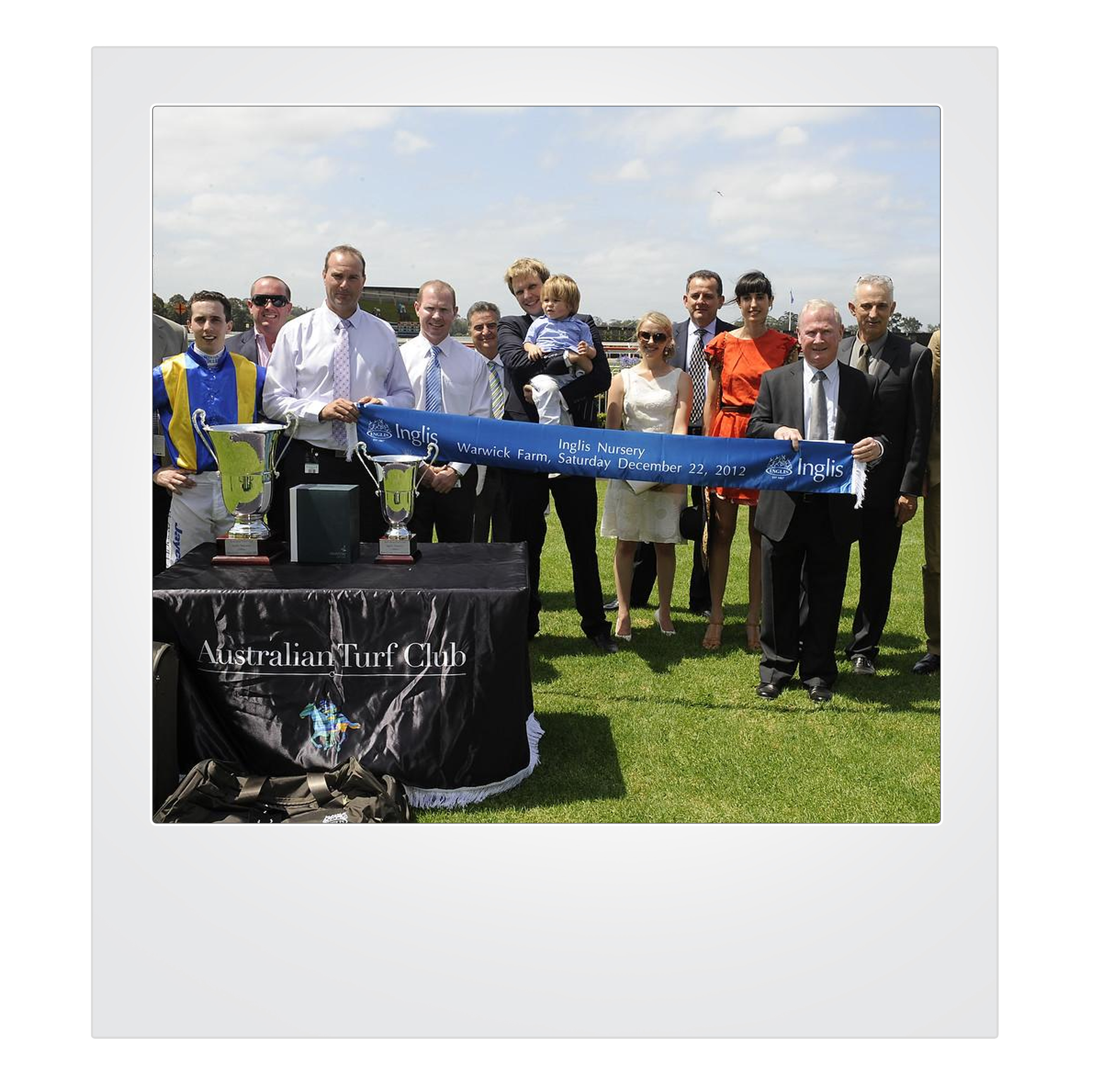
Syndication is a great way to become involved in racehorse ownership without outlaying a lot of money. It can also be a good way to meet like-minded people, all who have a passion for our great sport.
Registered syndicators are listed on Bloodstock.com.au/syndications
Any group of people numbering over 10 must be members of a syndicate – some syndicates may consist of 12 members, some have up to 1000 members.
You may form a group to purchase a share within a syndicate and this may be the cheapest way to become involved.
Sharing that winning moment with friends or syndicate members can be as exciting and as much fun as the win itself.
Selecting A Trainer
Apart from buying your horse, the biggest decision you will make is who will train your horse.
Depending on your experience and time as an owner, you may wish to choose your own yearling with the assistance of a veterinarian or bloodstock agent or you may rely on your trainer to select the horse for you.
If you are a first time purchaser or you acknowledge that you do not know enough about pedigrees or conformation, it may be prudent to firstly select a trainer and rely on his/ her judgement to assist in the purchase with you.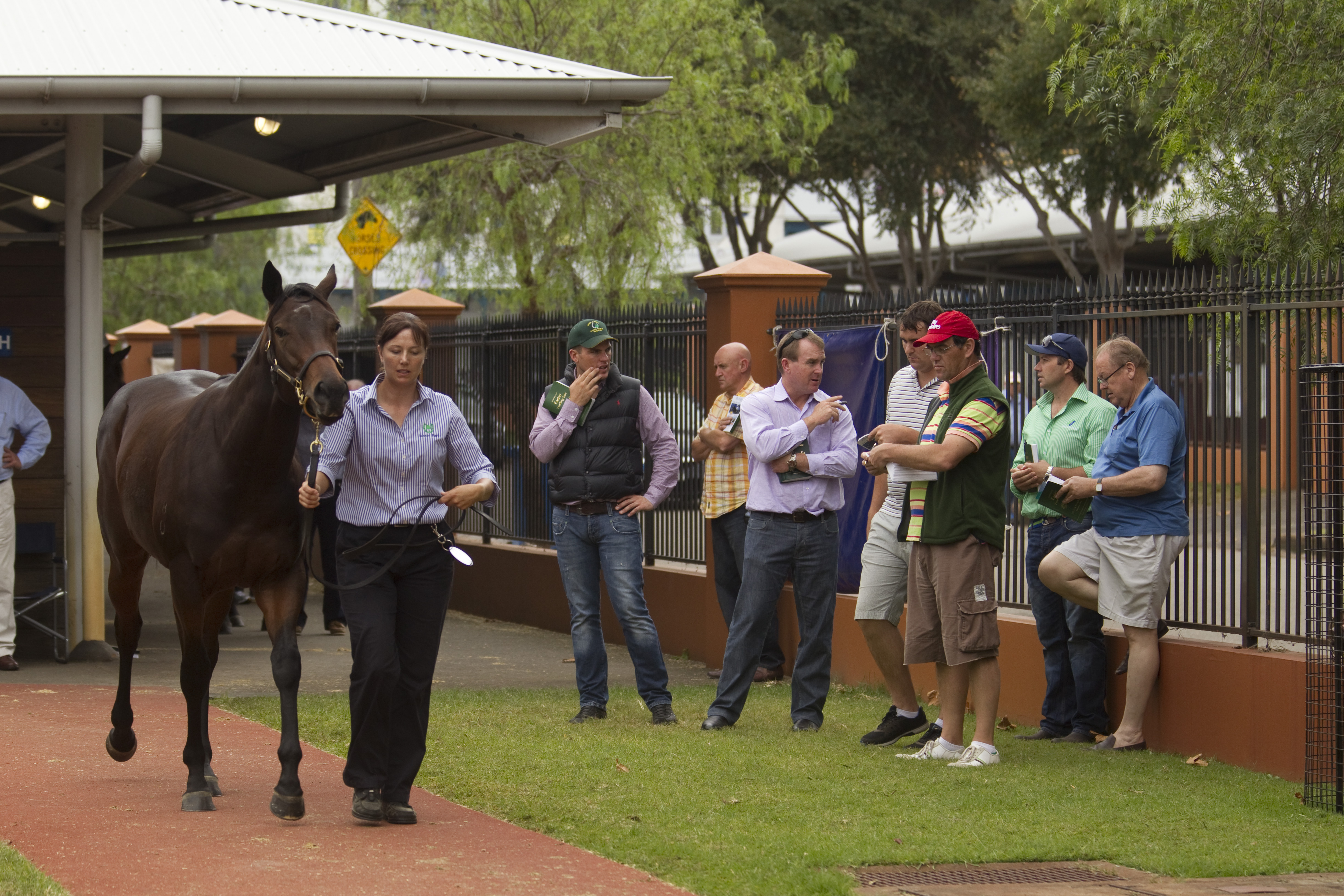
Although most trainers are pleased to train whatever horse is given to them, if they have had some input in selecting the horse, they may feel more involved and an even greater responsibility to ensure the horse succeeds.
How do you select a trainer and how do you make contact with him/ her. Access to the leading trainers is easy by either reading the daily race results or checking Racing Victoria Ltd’s website.
As in any business, trainer’s training fees vary. It is likely that the more successful the trainer, the higher the fees will be. However that alone, may not be the only reason you may choose a particular trainer.
If you know other owners who already race horses, ask them about the attributes of their trainers. For example, some trainers may encourage participation by owners, others may not. If you do not want to be heavily involved in the training regime of your horse, constant communication may not be necessary.
Conversely, if you want to be informed of daily/ weekly progress of your pride and joy, some trainers have better communication and reporting skills. It may suit you to have a trainer who is content to have a small number of horses in work and concentrate on those. These trainers may not be in the “leading trainer” category but have a good percentage of winners to runners.
Generally speaking, the bigger the stable, the more successful the trainer is and if you are only aiming to fly with eagles, then that may be the way for you to go.Some trainers seem to specialise in sprinters, others in stayers, some like to have two year olds runners, others are more patient and will wait until their stock are three year olds.
How do you access these trainers and check their strike rate. Racing Victoria Ltd’s website has these details or any member of the Federation of Bloodstock Agents can assist you with that.
Your preference, and also the breeding of your horse may influence you in the trainer you choose. If you go to the races regularly, you will become familiar with which trainer’s horses look well and in whose care you would like your purchase. You want to be proud of your horse when he/she does eventually get to the races – something your friends will admire even before he/she displays if they have any racing talent.
Additionally, your trainer will be able to assist you in engaging the services of a veterinary surgeon should you wish to have a pre-sale veterinary inspection and report.
Finding Your Future Star
.jpg)
I’ve Arrived – What Next?
Entry to the sales is free and everyone is most welcome to come and experience the excitement of a yearling sale auction. Sales catalogues are also available free of charge and these provide you with a comprehensive pedigree on every lot being offered for sale together with other vital information such as Conditions of Sale, the Sales Company personnel, Sire References, the selling schedule and a variety of indices, etc.
If you are attending a sale for the first time, it can all be a bit intimidating – but it shouldn’t be.
The selling agents are there to help you and make you feel welcome.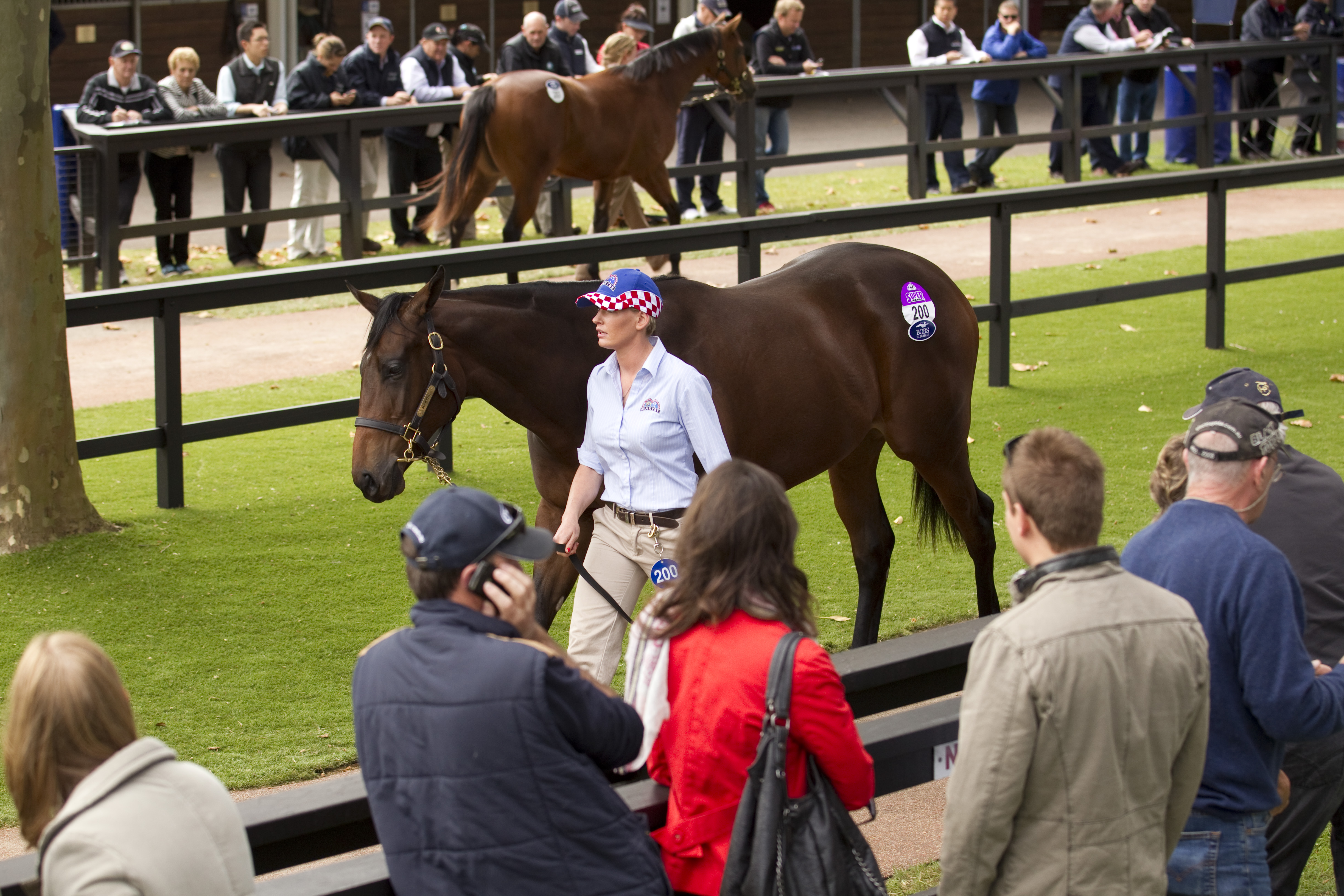
If you are serious about buying, you should attend the sale venue to inspect yearlings on at least one of the pre-sale inspection days. At Yearling Sales, most yearlings are stabled from between 3 and 7 days prior to the sale so there is plenty of opportunity for you to inspect what may be your future champion.
Vendors are pleased to parade yearlings in which you may be interested and perhaps have selected from the catalogue.
On busy inspection days, studs may have several potential buyers looking at horses at the same time, so a little patience would be appreciated. If you are inspecting horses and are realistic about your limited knowledge of physical conformation, don’t make comments to the stud masters about the horse in front of you.
The experienced and knowledgeable buyers rarely pass an opinion on the horse they are inspecting. A polite thank you to the leader and a smile is all that is required.
If you have chosen your trainer, you may wish to accompany him/her whilst doing inspections or you may choose some yourself and then ask the trainer to inspect those horses if he/she has not already done so. Many trainers will automatically inspect all yearlings being offered for sale and therefore will be familiar with the horses you have selected.
Safety Practices
The inspections and purchase of a yearling is a most exciting experience, and one that a great many people wish to share with their families. The Sales Company strongly encourages family involvement but stresses the need for all people attending the sales complex to exercise due care, most especially with young children.
Thoroughbred yearlings are young, strong, very excitable and not overly used to crowds and noise. Please be mindful of not getting too close to yearlings being paraded.
Conditions Of Sale
Conditions of Sale are printed in the front of the catalogue and also displayed around the sales complex.Ensure you familiarise yourself with these conditions and don’t hesitate to ask the selling agents for an explanation of anything you don’t understand.
X-Ray
To assist buyers, a repository has been set up for voluntary lodgement by vendors of x-rays of yearlings fetlocks, knees, front feet, hocks and stifles.
A set of x-rays consists of 34 plates which have been taken within 42 days of the sale.
The viewing of these radiographs may only be done by a registered veterinarian. If you or your trainer or agent wish to have the x-rays of your ‘short list’ of selections examined, you will need to commission a veterinarian to do so.
X-rays are for pre-sale inspection only and may not be read after a sale has taken place. These x-rays are intended to be an assistance only to buyers and should not be totally relied upon as a reason to buy or not buy a yearling.
There have been many champions which have ‘failed’ x-rays and a number of very good gallopers which were overlooked because their x-rays did not pass a theoretical standard of excellence.
As one great American trainer said ‘I would rather buy a Rolls Royce with a flat tyre than a Mini Minor with 4 good wheels!’
Remember you are buying an athlete and provided your choice has all the attributes you look for in a good racehorse, many properly managed imperfections will not impede the success of a good horse.
Sale Day
By the time sale day arrives you should have done all your homework
– business plan in place, trainer or agent selected, short list of yearlings, financial arrangements in place and an air of expectation and excitement. You could be about to buy a Melbourne Cup or a Golden Slipper winner.
Sometimes the sale can be a little slow at the start as buyers wait to see the mood of the market. This can be an excellent time to purchase, so if you like a yearling in the early part of the sale don’t hold back – they rarely ever get cheaper.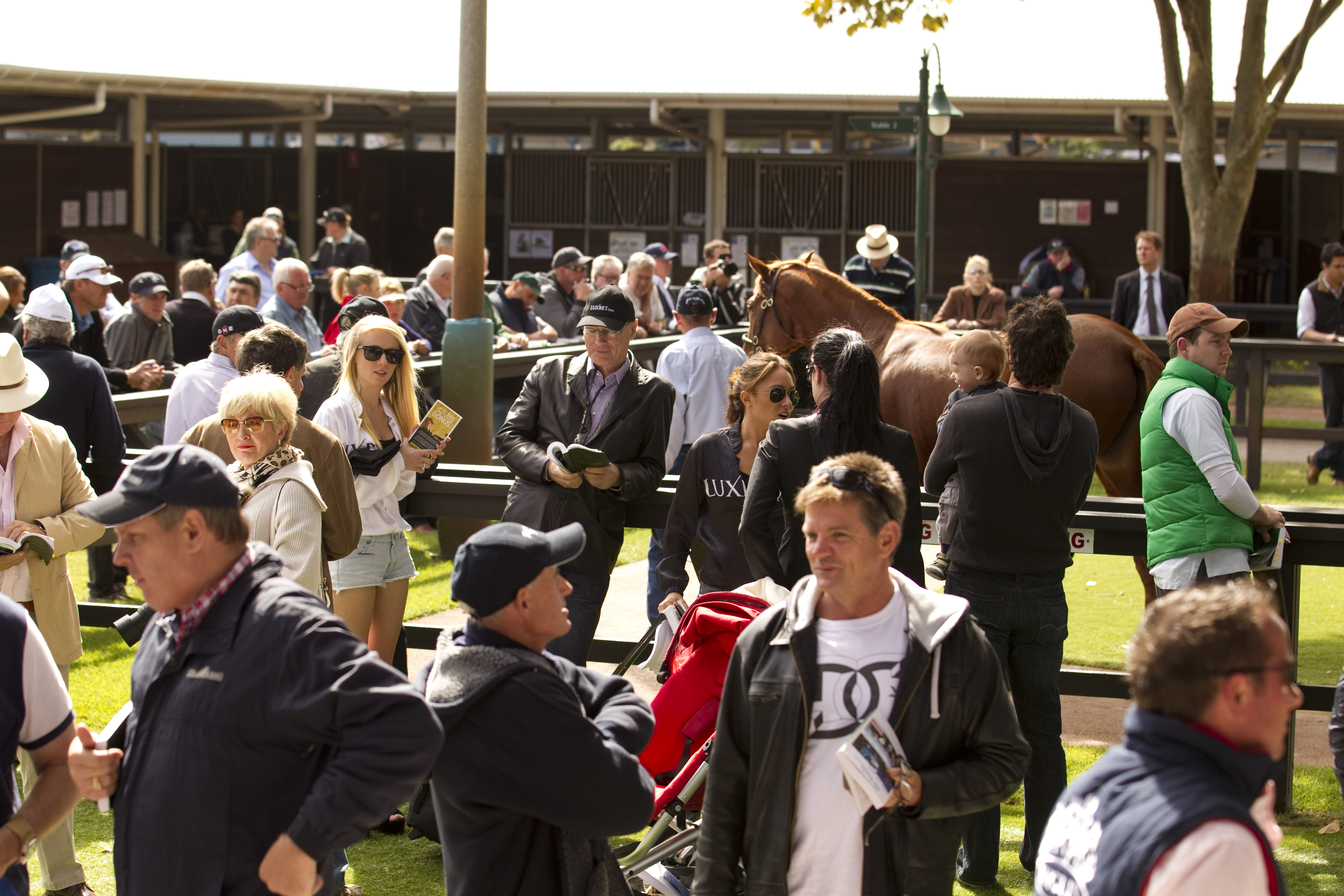
As the auction is proceeding, ensure you listen to any statements made by the auctioneers. They will have an updated report on the pedigree, particularly in regard to close relations of the horse being sold which may have had success since the catalogue was printed.
The auctioneer will announce the increments in bidding and the progressive price will be displayed on the overhead bid board.
If you are bidding on a horse yourself, make sure your bid is seen by either the auctioneer or a bid spotter.
There is no point in being tricky or discreet when bidding – the best buyers in the world make sure their bids are obvious and in full view of everybody.
I’ve Bought My Champion – What Next?
If you are a successful purchaser, the selling agent’s representative will approach you to complete a ‘Buyers Acknowledgement’ form which will require you to print your details, sign and also indicate if you want your yearling scoped and insured.
The insurance is self-explanatory and it is recommended that you transact that coverage to protect your new investment as it is now fully your responsibility. The insurance premium can be added to your purchase invoice and a policy will be forwarded to you in due course.
What’s Scoping?
A racehorse, just like a human athlete needs sufficient oxygen to race to their full potential. Veterinarians perform a relatively simple procedure known as ‘scoping’ to examine a horse’s upper respiratory tract by inserting a viewing tube through a horse’s nostril.
If, and it is recommended that you do, indicate on your acknowledgement slip that you wish your purchase to be scoped, it will be completed by a veterinarian engaged by the sales company as soon as practical after the horse leaves the sale ring.
By all means head to the Champagne Bar to celebrate your purchase but be aware, the results of the scoping may not be known for an hour or two after your horse has been knocked down.
The percentage of horses which fail the scope is extremely small so don’t stress about it.
Should your purchase fail, the conditions of sale allow you to cancel the sale although there have been many cases of yearlings failing the scope going on to be very good racehorses.
Delivery
Before a pass out is issued for your purchase to leave the sales complex, you will need to make transportation arrangements, most likely with one of the commercial transport operators situated outside the sale day office. You should then advise the office what you have put in place.
Settlement for your purchase or confirmation of your financial arrangements should also be made with the sales office.
An insurance representative is based in the office should you wish to discuss coverage of your purchase.
Myths About Yearling Purchases
Foals out of older mares
Whilst some buyers shy away from older mares, there are many examples of good racehorses being from older mares..jpg)
Provided the yearling is the athlete you want to buy, you need not be deterred if the dam is a little older. New Approach, Nadeem, Holy Roman Emperor, Secretariat, Street Cry, Sea The Star, Scenic Blast are examples of Group One winners out of older mares.
Similarly there are some buyers reluctant to buy yearlings foaled in November or December.
However, So You Think, Sacred Kingdom, Lonhro, Haradasun, Weekend Hussler, Nicconi, Master O’Reilly and JJ The Jet Plane were all foaled in these months dispelling any reason not to buy a later foal.
 InglisDigitalAUS
InglisDigitalAUS InglisDigitalUSA
InglisDigitalUSA







